[ad_1]
“User intent” is a way of defining a user’s goals when they search for something on the internet. It’s a crucial part of SEO nowadays, so let’s find out more!
Back before search engines became as sophisticated as they are today, you could game the system by stuffing keywords into your content and watch your website “rank”.
However, keywords alone can’t provide answers as to what users are looking for.
Search engines have grown smarter and have come to realize users always have a reason behind their search. A particular need has driven them to type in their queries at that particular time.
Put Yourself in the Shoes of Search Engines
Search engines have to decode users’ queries. They have to nail a user’s exact intention, then serve up precise answers (in the form of URLs) to users’ searches.
If you look at this from the eyes of a search engine you will immediately realize that user intent is not straight forward: it can be ambiguous, fractured, explicit.
This can be challenging for the search engine.
- Ambigous search phrases have multiple meanings. This gives them multiple intents and makes it difficult for the search engine to know what exactly the user is looking for.
- Fractured search phrases have a single meaning, but multiple intents.
- Explicit search phrases have a single meaning and a single intent. These are they easiest ones for search engines to decode and serve exact responses because users know exactly what they are looking for.
So search engines sort through all these nuances and complexities to nail the user’s intent.
What is User Intent?
Other names for user intent include “search intent”, and “keyword intent”. It pinpoints the user’s goal when they type their query into the search engine. Their motivation for searching in the first place.
Maybe they are looking for information about a product, or perhaps they want to learn something. Maybe they need up to date schedules for train services in their area, or it could be that they’re hungry! Their intent will vary according to the purpose of their search. And recognizing this intent influences the search results Google, Bing, DuckDuckGo etc. return.
Types of User Intent
There is a reason behind every search and these reasons can be boiled down to four categories:
Informational Intent
In these searches users are looking for information that will answer questions they have. Searches may begin with “how to” or “what is”.
So for example, if you’re looking for a WordPress theme but you don’t know where to start, your query may go something like: “How to choose a WordPress theme”.
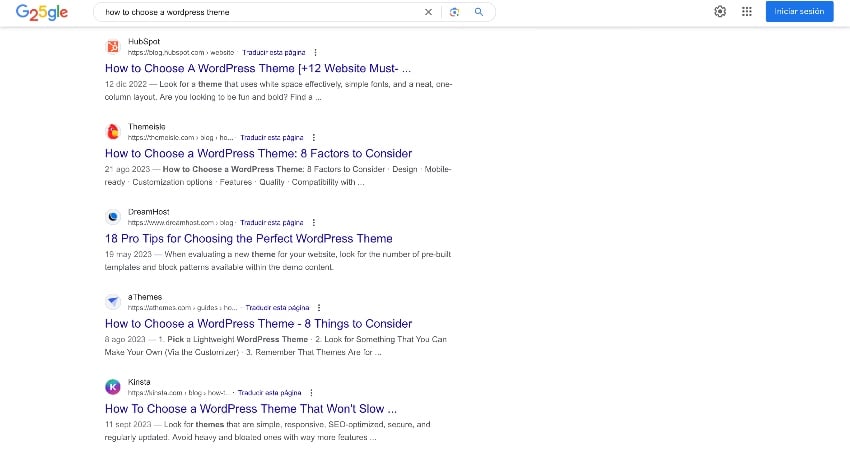
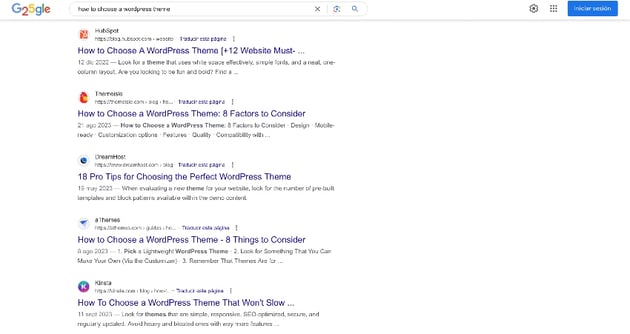
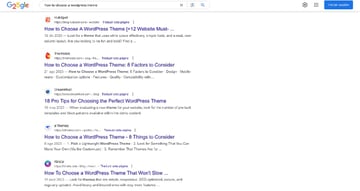
Navigational Intent
In navigational intent, user utilize the search engine to get them to a particular point on a website. For example “Facebook login” or “Envato WordPress Themes”.
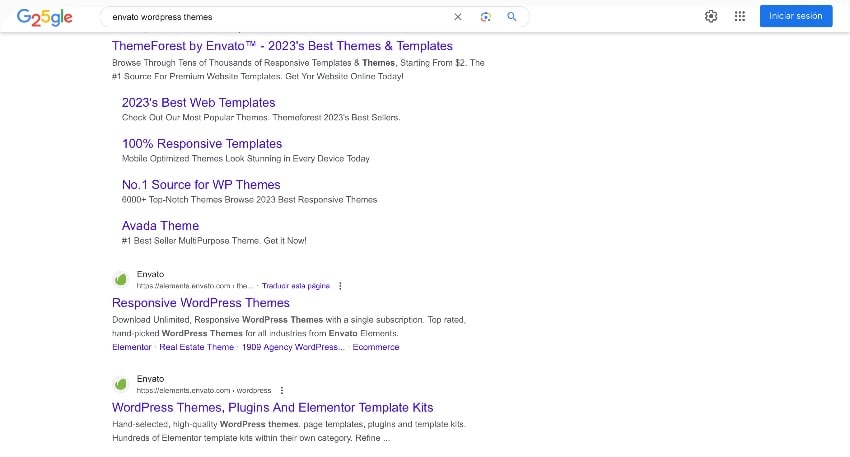
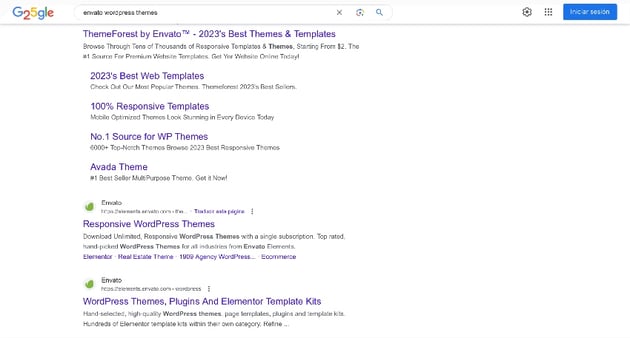
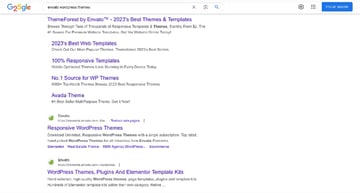
Commercial Intent
Here users research products. They want comparisons, they want to read reviews and they may search “Best WordPress theme” or ”Top WordPress themes” or “”Comparing Theme A vs Theme B”.
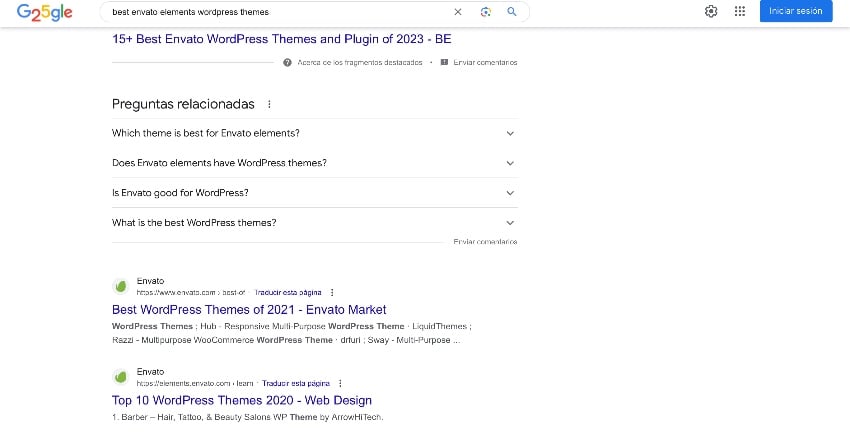
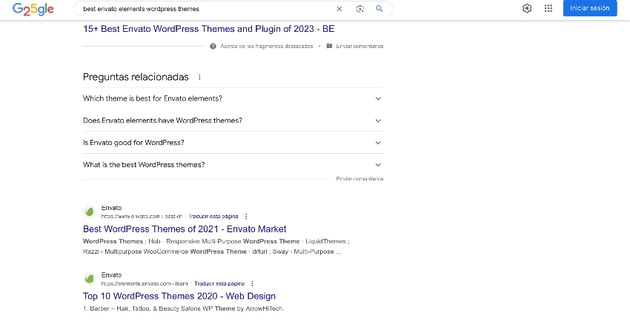
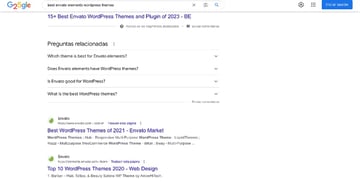
You finally see a theme you think fits with your website’s vision. But before making decisions, the user may also want to know how themes from Envato are installed.
Your intention here, while it’s informational is also commercial because if the installation is complicated you may go for something that is easier to set up.
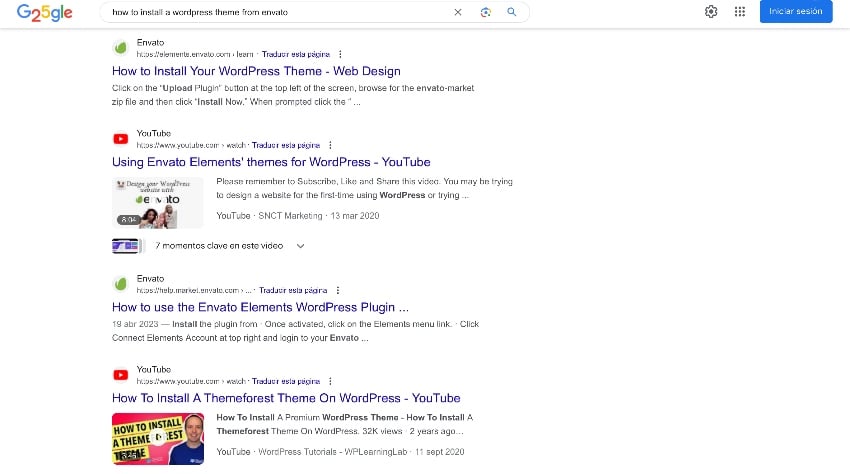


Transactional Intent
This is a very specific intent. It in many ways implies intent to purchase or complete an action. It could involve spending money like “buying a theme” or “downloading a template”, ”signup for…“ or even contacting the company by email or by phone.
Keywords by Intent
User intent is the sort of information these days available in SEO tools like SEMRush and Ahrefs. Here you’ll see a breakdown of the keywords which Tuts+ tutorial Build an HTML Email Template From Scratch ranks for:

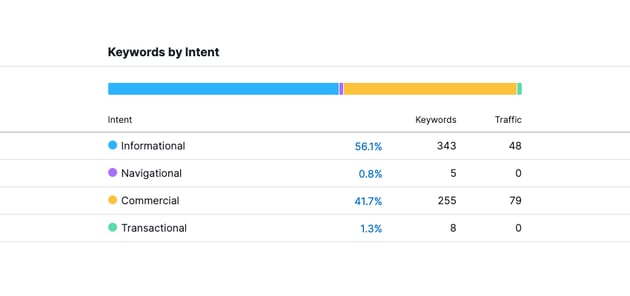
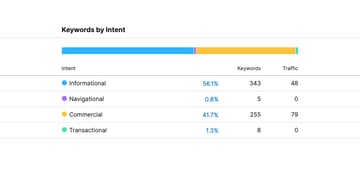
This tutorial ranks for an almost equal number of Informational keywords (it’s a tutorial) as it does Commercial keywords (it also recommends email templates to purchase). In other words, this post helps users who are motivated in a couple of different ways.
Connection Between “User Intent” and “Buyer’s Journey”
The Buyer’s Journey and User Intent are fundamentally interconnected, so understanding both is really important for positioning your content.
At different stages of the buyer journey the user has different search intent.
There are three stages of the buyer’s journey. Let’s look how each is interconnected to a buyer’s intent.
| Buyer Journey | User/ Search Intent |
| Awareness | Informational |
| Consideration | Commercial Investigation |
| Decision | Transactional |
Awareness Stage
- User Intent: Informational intent defined by a broad and exploratory search where users seek answers, solutions, information for their particular need.
- Buyer Journey: The user is just becoming aware of their problem and they may not be aware of the solutions or products.
Consideration Stage
- User Intent: The intent here shifts from informational to commercial because the user now has an idea of the potential solutions to their problem. They have to compare different options by looking at reviews, comparisons, and more in depth information.
- Buyer Journey: Actively research and evaluating product, services that address their problems.
Decision Stage
- User Intent: Here the intent shifts from commercial to transactional. They have specific products and services in mind.
- Buyer Journey: They are ready to make a purchase or take a specific action. They are looking at shipping options, delivery options, and available deals or discounts.
How Does Your Website Come Into All This?
When you understand the intent behind user search, you can provide a very specific answer to their need.
The answer is simple. Behind each search lies an intent. Solve the user’s problem by understanding the thinking behind their search, that way you can:
- select and target the right keywords
- provide relevant, user-focused content their user needs at each stage of the buyer journey
The answer you provide will depend on the stage in the buyer journey.
What’s In It For You?
Consider the user intent and you’ll:
- provide an awesome user experience on your website
- earn high ranking for your website thanks to relevant content
- maximize traffic
- earn higher conversions from attracting the right traffic
- build up authority in your niche
Tips to Always Keep in Mind
Make user Intent part of your content strategy. Do this by aligning your content to users’ needs.
- Learn what types of search queries bring user traffic to your website.
- Divide the queries according to user intent. One list of queries for informational intent. The other set of queries for transactional intent.
- Study the queries carefully and create content that is focused on matching the informational and transactional intent.
- Don’t forget to include calls to action that speak to the users’ needs.
User intent evolves at each stage of the buyer journey.
- Conduct keyword research to identify keywords and phrases associated with each stage of the buyer journey.
- Optimize your content with target keywords that focus on the search intent at each stage of the buyer journey.
- Each stage also needs different types of content.
| User Intent | Content Type | |
| Information |
Blog articles, how to, tutorials, tips
Educational content on your product and services
Explain how their problems can be solved
Don’t sell them on your products or services
Just give informational and comparison content to help make informed decisions
| |
| Navigational |
easy to navigate website
cover topics that build niche and brand authority
| |
| Commercial |
Best of listicles
Reviews
Comparisons
| |
| Transactional |
Product pages with images
Landing pages, purchase page
Deals, discounts, delivery options
Visible CTA like Add to Cart or Subscribe or Submit
Content that motivates buyers to make decision
|
You are writing content for human users and search engines at the same time.
You’re writing human-centered content that ironically a robot will judge as to whether it fulfils human intent.
In other words, the robots will ask: Is this content written for humans or robots?
Conclusion
Search engines want to understand the intention behind the users’ searches and deliver the right URLs with the right content.
Your content must address the exact user intent so that search engines can bring up your posts (that are related to a particular query) in its first pages.
So now you can understand why it’s a mistake to optimize for keywords alone. Don’t optimize your page for specific keywords. Optimize for a specific intent!
[ad_2]











